Your cart is currently empty!
Market and usage statistics on wooden chopping boards – Fascinating Market insights and trends you can’t ignore
The humble wooden chopping board is more than just any kitchen essential. It’s a part of the global market that shapes your home and restaurants. Sustainability, durability and aesthetics take centre stage in kitchenware trends while the wooden chopping boards are quietly dominating the industry. Here are some facts and statistics that reveal just how important these boards have become worldwide.
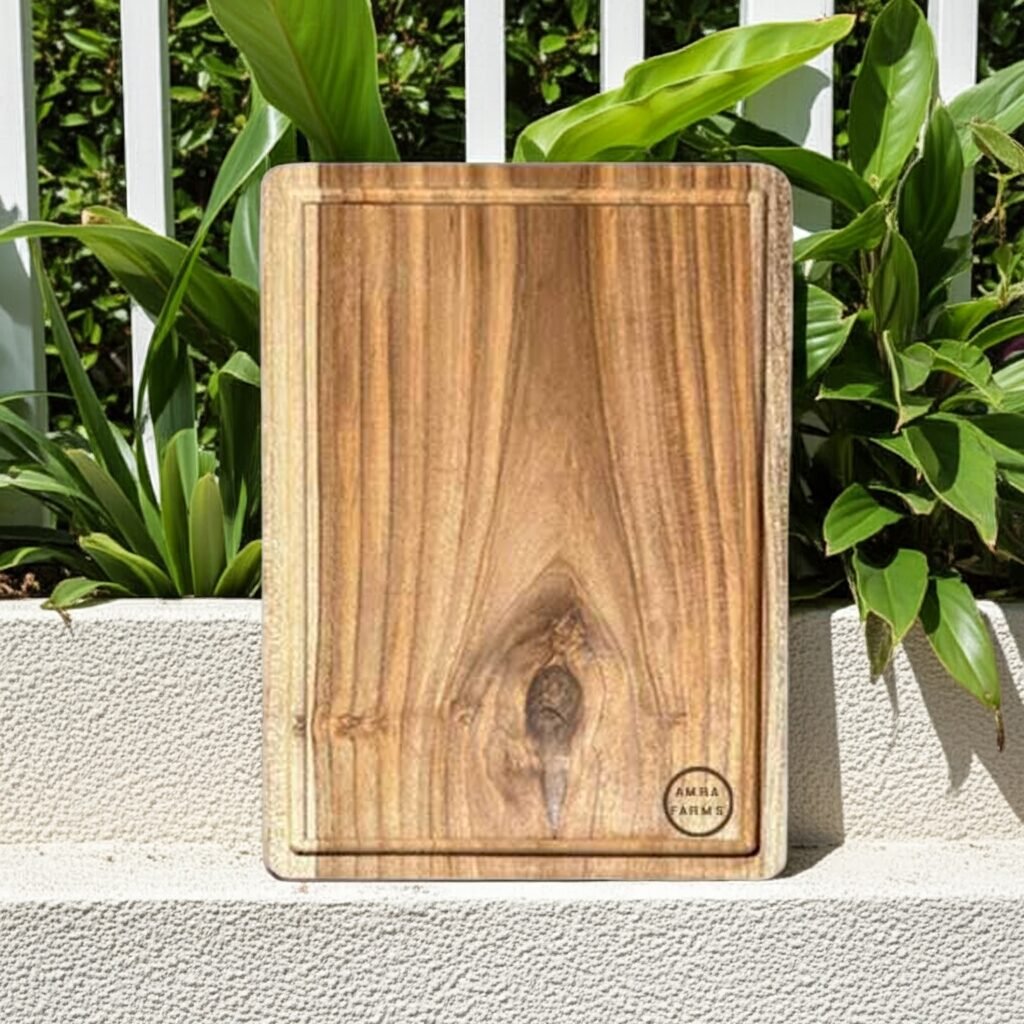

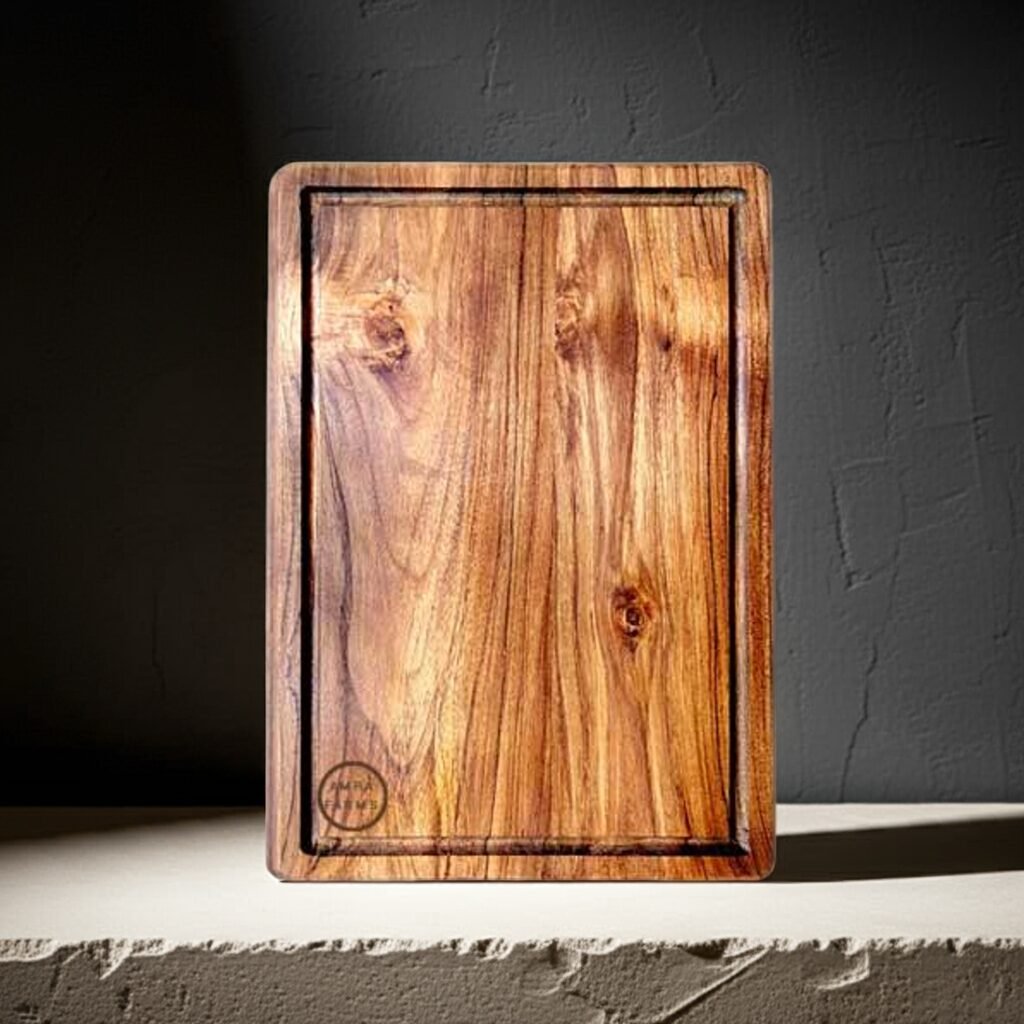
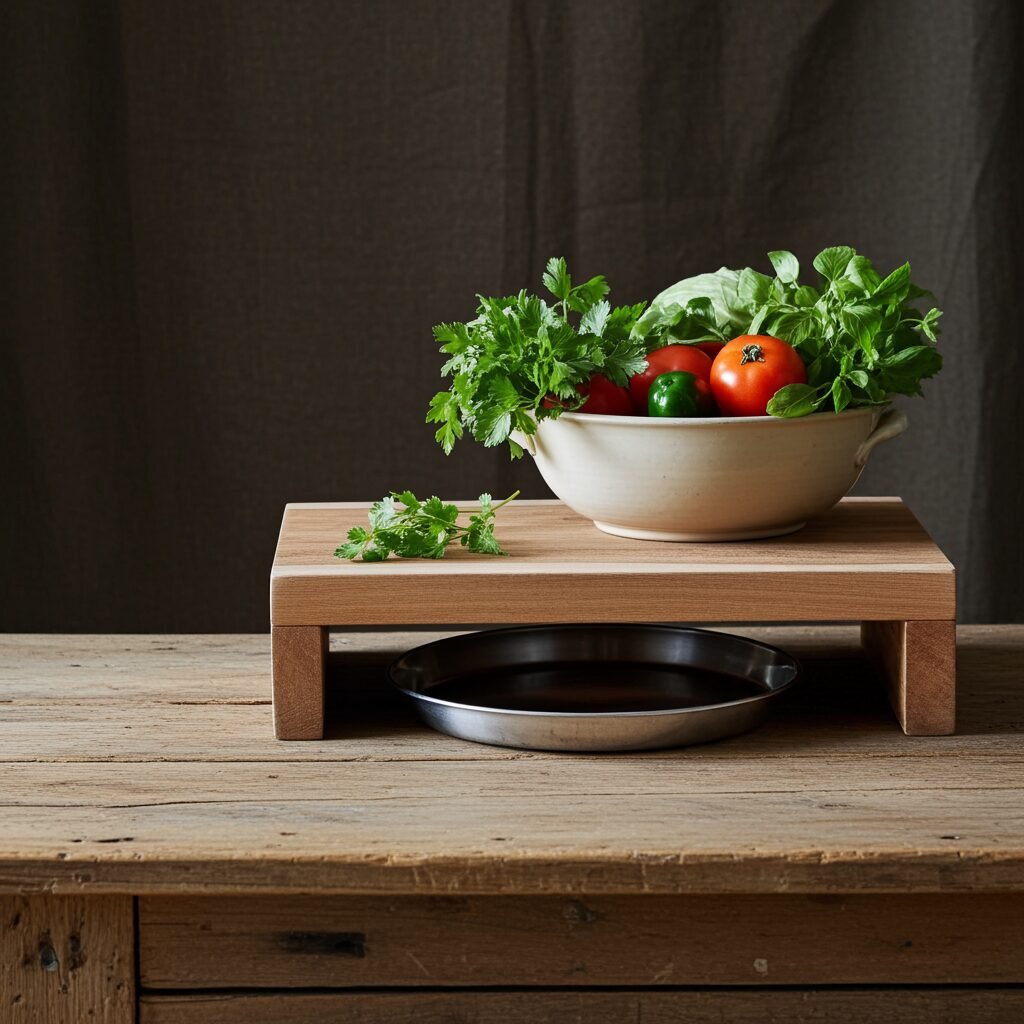
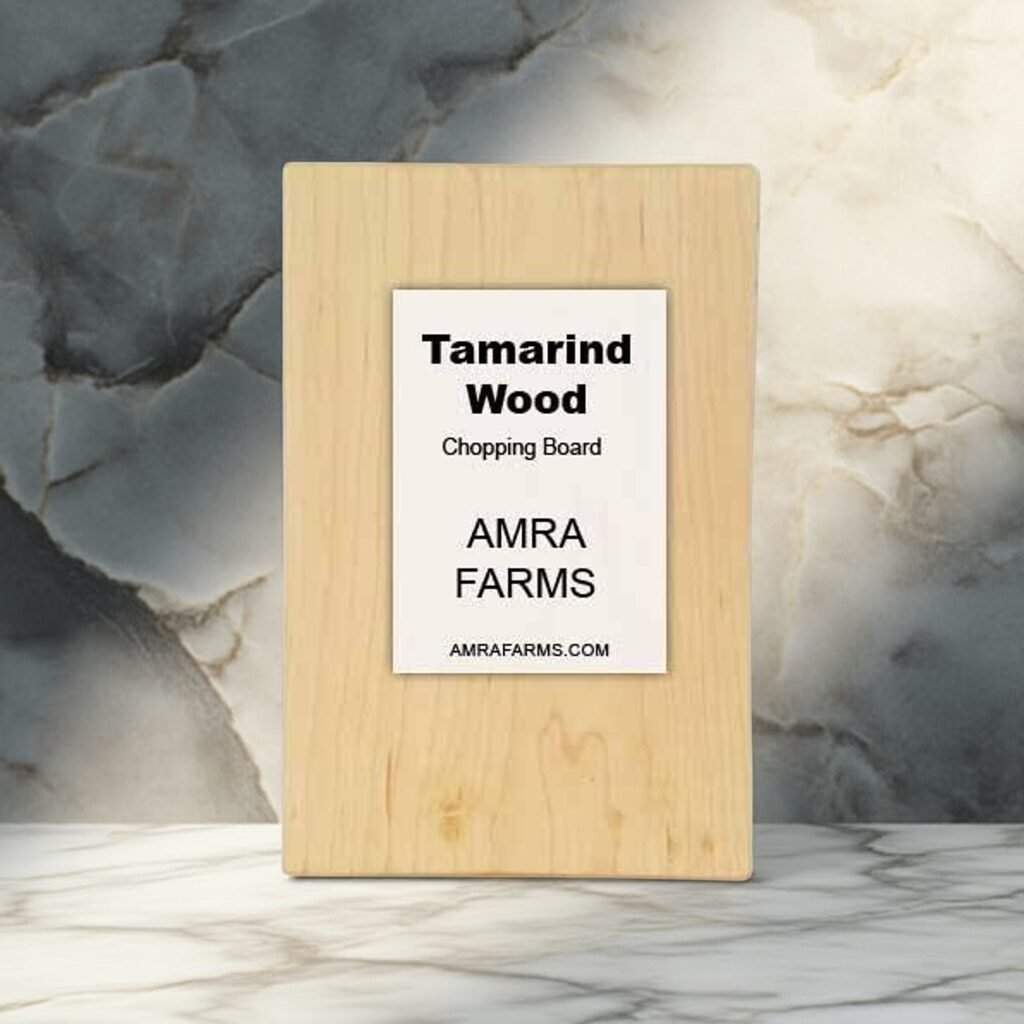

Wooden chopping boards are everywhere.

82% of households worldwide own at least 1 wooden chopping board. That is 8 out of 10 homes worldwide across continents relying on wooden boards daily. Let that sink in. From slicing and dicing to chopping heavy dense vegetables, or prepping family dinners, the wooden chopping board has become the essential kitchen accessory worldwide. Not that it is new. As a matter of fact, it has always been this way for centuries with little changes in trends even with newer material and products entering the market.
Leaders in the cutting board market

Wooden chopping boards own a significant market share of 47% globally. 47% of the global cutting board market is dominated by wooden variants leaving innovative material like bamboo, glass, plastic and steel fighting for the rest of the market. Wooden chopping boards have always been the first choice for homeowners. The only reason why they move on to other material is not because they are superior, but because they are cheap and easily available.
Chefs love the wooden chopping boards

Professional chefs are known for their high standards. 67% of professional chefs prefer a wooden chopping board over plastic boards. As a matter of fact, most chefs use a wooden chopping board at home while they are forced to use plastic chopping boards in restaurants due to regulations. Wooden chopping boards are gentler on knife blades, provide a better grip and last longer when maintained well. Chef knives usually are more expensive and could vary in price from a few 100 Dollars to a few 1000 Dollars. Keeping the blades sharp is a concern for most professional chefs and wooden chopping boards ensure that the blades are sharper for longer.
Durability is Key. Wooden chopping boards are more durable
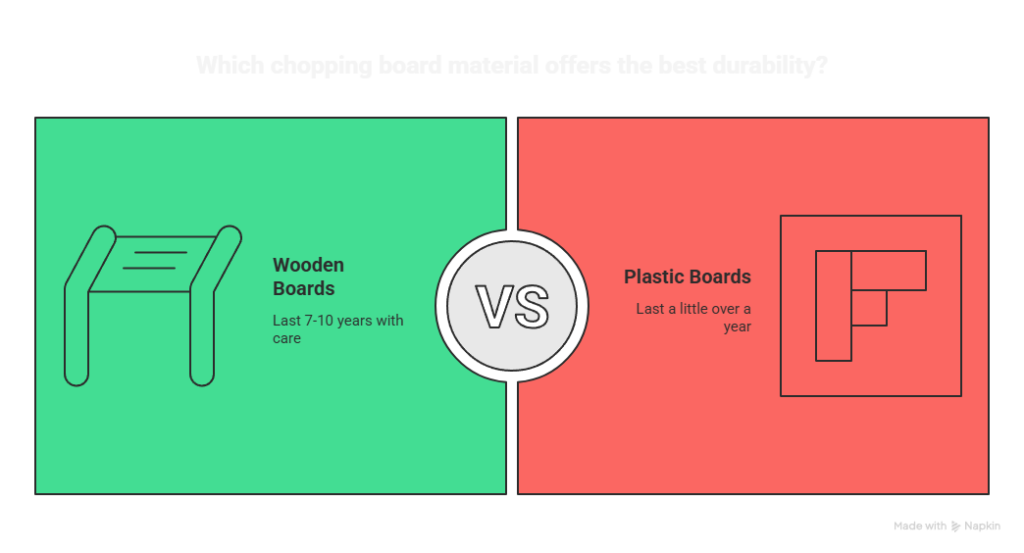
59% of consumers believe that wooden chopping boards last longer than bamboo boards. While plastic boards have a lifespan of a little over a year, teak wood chopping boards can last 7-10 years with regular care. Bamboo boards have a 2-year lifespan. While glass and steel have a longer lifespan, they lack the features which make them superior. A good wooden chopping board outlives 4-5 plastic chopping boards in its lifetime.
Multiple chopping boards is the new norm

It’s not uncommon for people to buy more than one chopping board at a time but 41% of kitchenware buyers purchase at least 2 chopping boards at a time. That is a significant number of people buying more than one board at a time. 2 separate boards for vegetables and meat is not uncommon in India. But it’s not uncommon worldwide either to ensure prevention of cross-contamination in food at home. This also shows the heavy-duty use which requires owning multiple chopping boards as a standard practice.
Teak is the star of the show

36% of all wooden chopping boards sold globally are made from teak wood. You may think of teak as a luxury wood but the availability of teak wood and the accessibility, along with its features make teak wood the preferred material among all wooden chopping board materials. The high natural oil content, luxurious finish and water resistance feature coupled with the antibacterial features make a teak wood chopping board one of the best-selling wood for chopping boards.
India as a leader in Wooden chopping board manufacturers

12% of all wooden chopping boards are produced in India. India is a major player in the market of wooden chopping boards due to the rich access to teak and acacia. The country exports beautifully crafted boards to households worldwide. Acacia and teak are the most exported wooden chopping boards worldwide.
Europe and its love for wooden cutting boards

78% of chopping board sales in Europe include at least one wooden chopping board. Europe is known for its regional preference for traditional durable kitchen tools. They adore wooden chopping boards and prefer to use a wooden cutting board over plastic or bamboo boards. This is more rooted in tradition than health or sustainable options.
Replacement habits in the USA

Homeowners in the USA tend to change wooden chopping boards every 2-3 years. 25% of the US households prefer to change their wooden chopping boards every 2 or 3 years. This could be due to wear and tear or for a stylish upgrade. Americans are not afraid to refresh their kitchen essentials regularly, compared to Indians who change their cutting boards usually after 5-6 years. Some wooden chopping boards in India are often changed after decades as they can be resurfaced and reconditioned to a new board.
The stats don’t lie, wooden chopping boards are a global favourite. The durability, aesthetics, appeal and knife-friendly surface makes them an essential part of every modern kitchen. Wooden chopping boards have clearly carved out a massive space in the hearts of professional chefs and everyday home cooks. Join the majority of households who embrace the beauty and practicality of a wooden chopping board.
Categories
Products
- Buy Wooden Vegetable Cutting Boards Online
- Wooden Kitchen Accessories Tools
- Buy Butcher Block & Meat Cutting Boards Online
- Buy Premium Edge Grain Single Block Wooden Chopping Boards Online
- Buy The Best Teak Wood Chopping Boards Online In India
- Buy Wooden Cutting Boards With Handle For Kitchen
- Mango Wood Chopping Boards
- Single Block Chopping Boards
- Tamarind Wood Chopping Boards
- Wooden Platter Boards , Pizza Platters & Charcuterie Boards
Tamarind Wood Cutting Board Teak Wood Cutting board
Recent Posts
- Unique Wooden Chopping Boards with Medicinal Benefits
- Exotic Woods of India and Its Uses
- Best Uses of Teak Wood: Common and Unique Applications That Make It the King of Hardwoods
- What to look for when purchasing a teak wood cutting board and how to identify teak wood
- Wooden chopping boards that naturally resist fungus/mould growth
